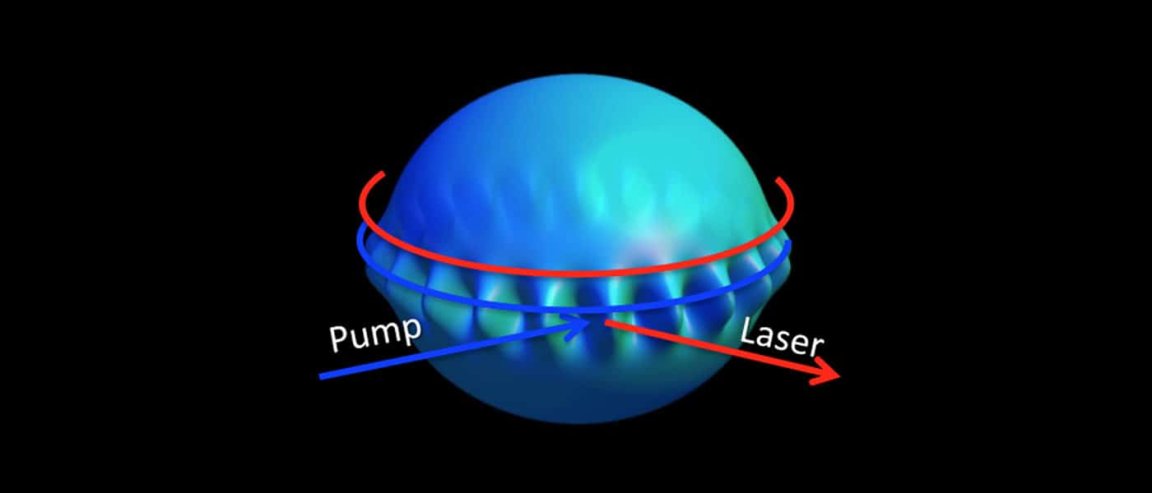
Of Waves and Lightwaves
There’s a new kid in town with respect to laser technology. Researchers at the Technion–Israel Institute of Technology have developed laser emissions through the interaction of light and water waves, combining two areas of study previously thought unrelated.
Typically, lasers are produced by exciting electrons in atoms using energy from an outside source. This excitement causes the electrons to emit radiation as laser light. The Technion team, led by Tal Carmon, discovered that wave oscillations in a liquid device can produce laser radiation as well, according to the study published in Nature Photonics.
This possibility had never been explored previously, Carmon told Phys.org, primarily due to enormous differences in frequencies between water waves on a liquid’s surface and light wave oscillations. The former have a low frequency of approximately 1,000 oscillations per second, while the latter have a higher frequency of around 1014 oscillations per second.
The researchers built a device that used an optical fiber to deliver light into a small droplet of octane and water. It compensated for the otherwise low efficiency between light waves and water waves, allowing the two types to pass through each other approximately 1 million times within the droplet. The energy generated by this interaction leaves the droplet as the laser emission.

Greater Control
This interaction between light and fluid happens on a scale smaller than the width of a human hair. Additionally, water is a million times softer than typical materials used in existing laser technology. Accordingly, the Technion researchers say the droplet deformation caused by this very small pressure from the the light is a million times greater than what’s seen in current optomechanical devices, so this laser tech would be easier to control.
Because they would work on such a small scale and be easier to control, this new type of laser could open up a wealth of possibilities for tiny sensors that use a combination of light waves, water waves, and sound waves. They could be used on tiny ‘lab-on-a-chip’ technologies, enabling researchers to more effectively study microscopic cells and test different drug therapies that could lead to better healthcare down the road. Indeed, these tiny lasers could have big implications in the world of technology.